Koladera
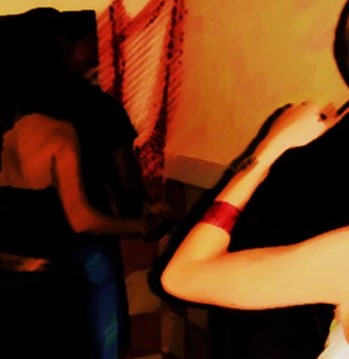
Gláucia Nogueira and Graham Douglas
One telling of the origin of the koladera holds that it was born in the old-time dance halls animated by guitars, ukulele, and violin, when at a certain time of the night the melancholic tone of the morna began to sound monotonous. Then, someone would ask the musicians to speed-up the rhythm, so that couples could dance faster and more energetically.
But other sourcess suggest the possibility that the koladera, resulted from a Brazilian influence, from the maxixe a type of music/dance in vogue at the end of the nineteenth century. The gallop, a European musical style that arrived in Cabo Verde in the nineteenth century, is another possibility. But in any case, the koladera emerged between the 1930s and 1950s coinciding with the decreasing popularity of old European styles in the face of new musical trends.
This new musical genre established itself on the island of São Vicente, where its main composers emerged — including Frank Cavaquinho, Ti Goy and Manuel d’Novas — before spreading across the archipelago. In Santiago, Ano Nobo composed several takes on this genre. By the 1950s and 1960s Latin American rhythms such as cumbia and merengue had become popular in West Africa and likely influenced the koladera. And at the present time many composers write in this genre.

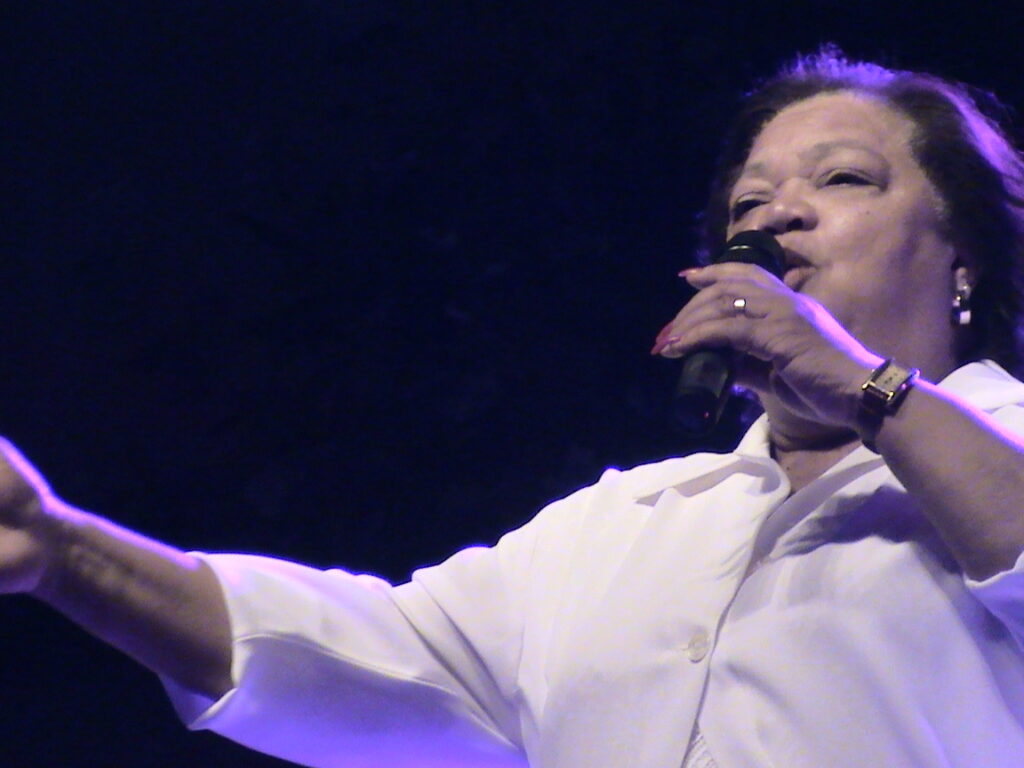
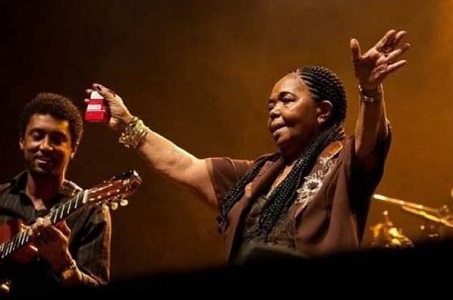
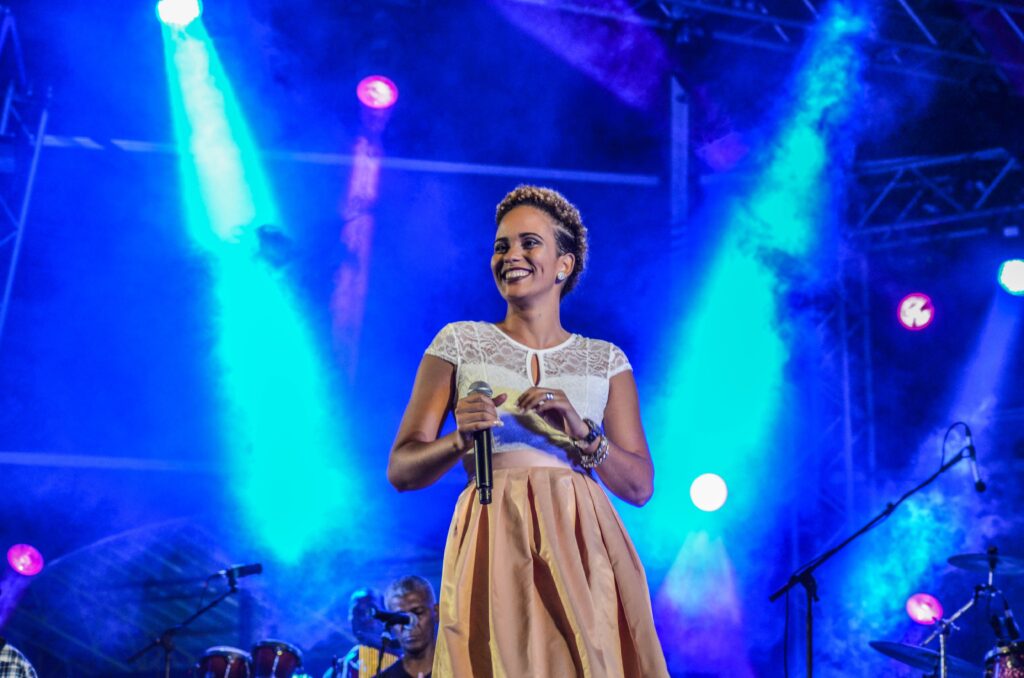

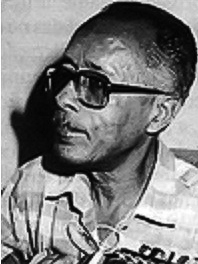
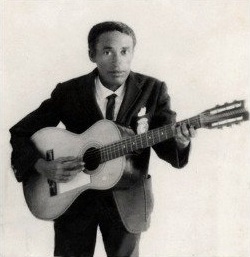
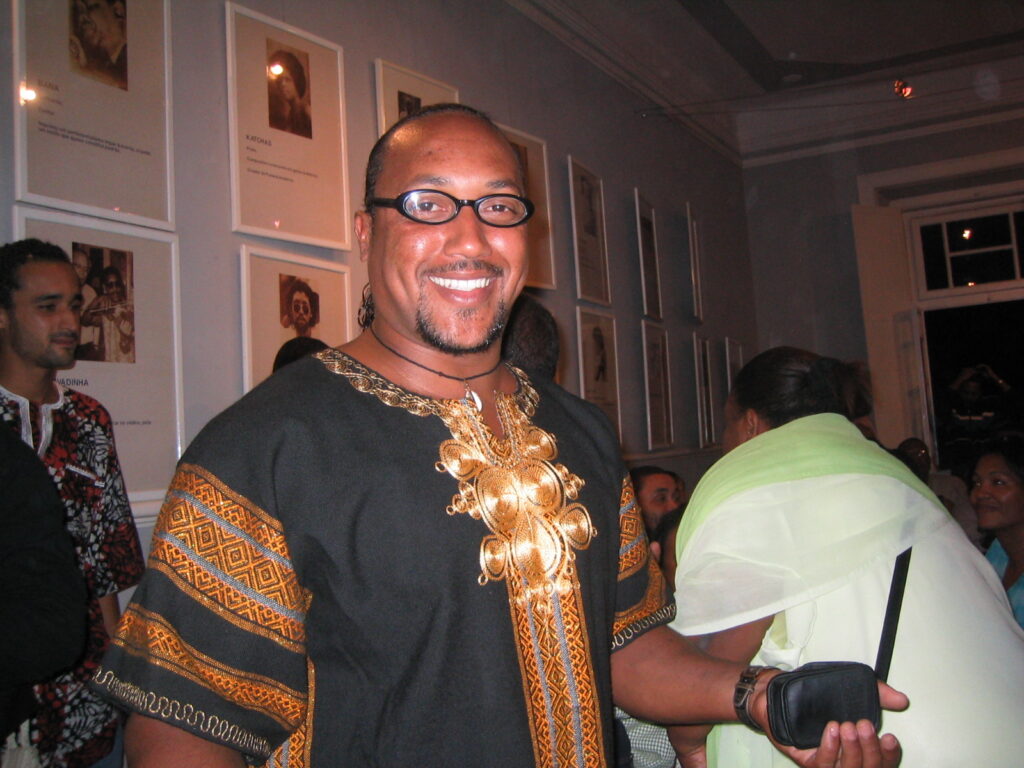
The changes in musical styles accelerated, and beginning in the 1980s, a new generation of Caboverdean artists, especially those living in the Netherlands, embracedthe French Antillean style zouk, hybridizing it with koladera with the name of colazouk/kolazouk. Throughout its history the koladera has absorbed different influences, always recreating itself and maintaining itself as a favorite rhythm on the dance floors.